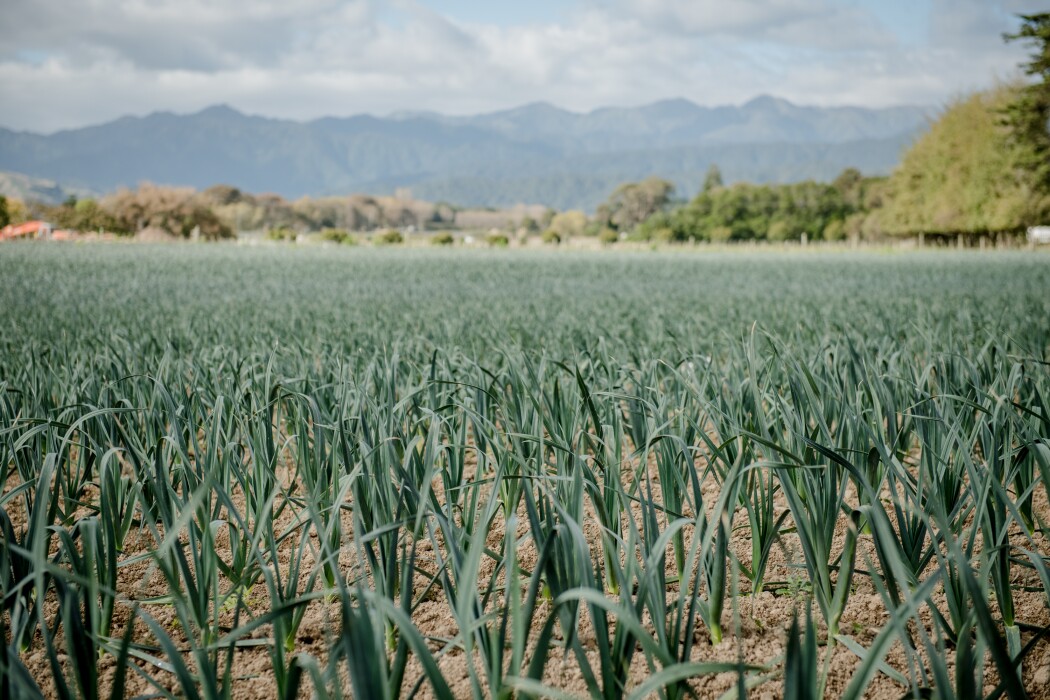New Zealand businesses have embraced digital technology like never before. With the right digital, security and collaboration tools employees can work from pretty much anywhere.
But what impact does this new flexibility have on our carbon footprints?
Supporting Kiwis to work more sustainably
At Vodafone we aim to support businesses to thrive and New Zealanders to lead more sustainable lives. There are a lot of business benefits to giving staff the flexibility they demand. We wanted to learn more about the environmental impact of hybrid models that combine remote work and time in the office.
We asked sustainability experts thinkstep-anz to carry out a Consequential Life Cycle Assessment (CLCA) to measure how working from home one day a week affects the size of an employee’s carbon footprint.
What is a Consequential Life Cycle Assessment?
CLCA is a science-based approach that looks at how environmental impacts change if we do things differently. A CLCA can help a business understand how to manage those impacts without shifting the burdens to other activities, people or organisations.

Comparing the impact: working from home versus working in the office
The study took working at the office as the baseline and compared it with the impact of all the activities that become necessary when some employees worked from home once a week.
What wasn’t included
The study didn’t look at potential long-term impacts of working from home permanently, like moving to the countryside or buying a bigger house.
As the study was only interested in what changed between the two scenarios, it excluded everything that stayed the same no matter if some employees worked from home once a week. For example, buses and trains would still be running, offices would still operate in the same way and IT equipment wouldn’t change.
What is a carbon footprint?
A carbon footprint is the total greenhouse gas emissions caused by our actions. Carbon footprints are measured in carbon dioxide equivalent (CO2e), a unit that is used to standardise the climate effects of various greenhouse gases.

The result: flexible working can have a smaller carbon footprint
The study found that the average New Zealand office worker who works one day a week from home will save 4.2 kg in carbon emissions per day, compared to commuting into the office every day.
Where do the benefits come from?
The biggest difference comes from the avoided commute, and the further you drive, the bigger the saving. For example, workers who would otherwise use a car to drive five kilometres each way are very likely to reduce their carbon footprint by working from home. This is likely to apply to most office workers: according to Census 2018 data, 78% of New Zealanders use a car to drive to work.
For at least 57% of these this journey is longer than five kilometres each way. Fewer than 3% currently drive a hybrid/electric car.
Part-time, full impact
For a part-time remote worker who doesn’t work full eight-hour days, the carbon savings can be even higher per hour worked. While the carbon footprint for working from home depends on the number of work hours, the impact from the commute stays the same.


Reduce your impact
Transport is one of our largest sources of greenhouse gas emissions and is responsible for 17 per cent of Aotearoa New Zealand’s gross emissions. Over time, consumers and the transport industry are expected to switch to cars, buses and trucks powered by electricity, biofuels and/or hydrogen fuel cells but here is how businesses and your team can make a difference right now. Encourage your staff to:
Work from home: Equip your staff with what they need to work remotely. Heating a home office has the biggest impact, so encourage staff to use small office spaces and efficient low-carbon heaters. If they travel to the office encourage them to:
Bike, walk or scooter: Make space available to park bikes securely. Offer charging spots for e-bikes. Provide showers. The better the infrastructure, the more cyclists will use it. Offer bike safety lessons. Negotiate a staff deal for e-bikes.
Carpool: Set up internal noticeboards or investigate apps like Waze, Thumbs Up or Hitch to connect people.
Use public transport: Subsidised bus tickets anyone?
1. Calculation based on New Zealand's Greenhouse Gas Inventory 1990-2019 Snapshot, MfE
2. Calculation based on Measuring Emissions Factors Summary 2020, MfE




